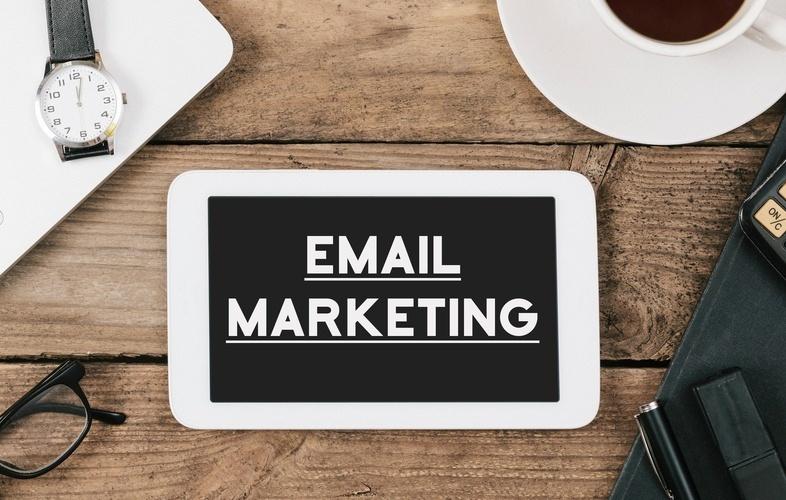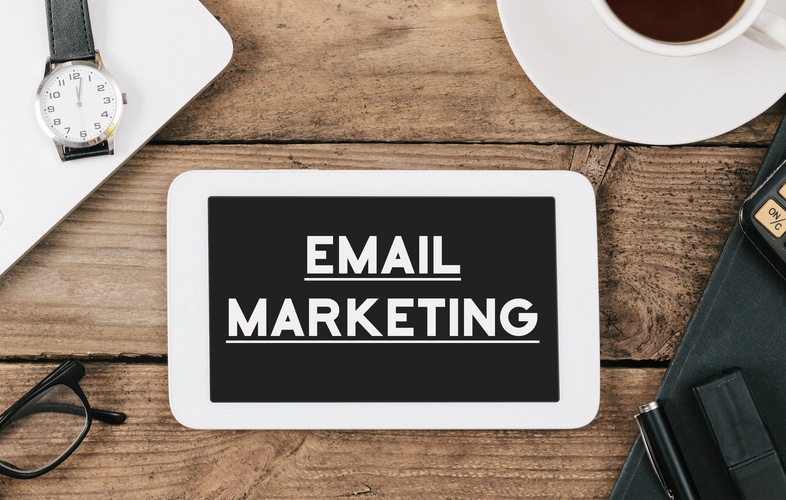4 Best Practices for Effective Email Marketing
CJ Todd | February 14, 2017


Developing and executing an email marketing strategy is essential to the growth of your marketplace platform. After you've chosen your email marketing service provider, take some time to prep before you launch your first campaign.
Here are the four best practices to consider for effective email marketing.
1. Test your content
The look and feel of your email is important for engagement, so be sure that your content is designed well. Emails are often read on mobile devices. Be sure to test your email content on desktop and mobile to be sure it's optimized for both platforms. Sending yourself a test email is a good way to ensure your content is perfect before it lands in your subscriber's inbox.
Also test all the links you've included to be sure they are working and pointing to the correct sources. Even though it seems like a no brainer, be sure to carefully edit your email content for spelling, grammar and punctuation mistakes. Many small marketplace platform teams run lean, which means there's not always a copy editor. Just make sure you read your work aloud before sending. It helps!
2. Track open and click through rates
After you've polished your email content, be sure to track open and click through rates to understand what's working and what needs more attention. Understanding how your subscribers engage with your content can help you make adjustments to future campaigns and help your marketplace platform succeed.
Tracking these metrics shows you how effective your subject line is and if your audience is engaging with your call to action. Whichever email marketing service provider you've chosen, these tracking metrics should be available. Enable these settings prior to sending because you won't be able to do it afterwards.
It's essential to track these analytics because you'll want to segment your list into highly engaged subscribers and non-engaged subscribers. This is essential to driving value to your target audience and testing your content.
3. Avoid pitching too much
Email marketing should fall in line with your overall content marketing strategy, which is all about adding value. You want to send emails that create opportunities for your subscribers to engage with your brand. Relevant and consistent content is key.
Your subject line should clearly describe your email's body content. Using all capital letters, a bunch of exclamation points, and gimmicky words is a great way to land in the spam folder. Let's stay out of there!
4. Clean your list
If you haven't sent an email for a while, your engagement levels may have fallen too. Sending a quick reminder campaign can help assure that your subscribers still want to receive your emails.
Keeping your list engaged with your content is the number one goal of any email marketer. If people don't want to be on your list, it's better for them to unsubscribe than to never open your emails. That doesn't help you test, add value or make money.
Even though you may have collected email addresses with an opt-in form, you need to confirm their interest. You also need to include an unsubscribe link in every campaign to adhere to anti-spam laws.
Let us know how you structure your email marketing campaigns in the comments below.
Interested in knowing more about partnering with platformOS?
Ensure your project’s success with the power of platformOS.